Overview
Porsche Partner Network (PPN) is the global identity and access management (IAM) portal connecting Porsche’s dealers, suppliers, and internal teams with the systems, documents, and digital tools they rely on daily.
It sits at the centre of Porsche’s partner ecosystem — managing authentication, access, and secure collaboration across thousands of users and markets.
By 2023, the platform was showing its age. The UI had grown inconsistent, accessibility was limited, and the experience no longer represented Porsche’s refined brand identity.
Porsche wanted a modern, unified, and scalable experience — one that reflected the precision of their products and the efficiency of their brand.
Working with Porsche’s digital design team and iC Consult’s developers, I led the effort to transform PPN into a design-system-driven, user-focused IAM product.
My Role
I was responsible for defining the UX direction, establishing collaboration between Porsche’s internal design team and iC Consult’s developers, and ensuring the new portal was both visually consistent and technically robust.
I took ownership of:
- Leading cross-functional alignment between design, business, and engineering.
- Creating the PPN sub-brand within Porsche’s wider design system.
- Designing and prototyping key IAM workflows using Figma.
- Introducing a design-led delivery process within a previously developer-led culture.
- Supporting front-end implementation on the Ping Identity platform.
This role combined UX strategy, interface design, and delivery leadership — bridging Porsche’s design vision with the realities of enterprise IAM architecture.
The Challenge
The existing PPN platform was functional but fragmented:
- The interface used legacy visuals inconsistent with Porsche’s new digital identity.
- Each feature was developed in isolation, leading to duplicated effort and poor scalability.
- Usability issues made onboarding slow and navigation unintuitive.
- Collaboration between Porsche’s design team and iC Consult’s developers was ad hoc and reactive.
The challenge was to unify brand, usability, and technology — creating a secure IAM experience that felt unmistakably Porsche, while also establishing a repeatable process for future portals.
Approach
1. Discovery & UX Audit
I began with a full audit of the existing portal and IAM workflows, mapping user journeys from login to dashboard access.
Through heuristic analysis and stakeholder interviews, I identified where friction existed — both in the experience and in the delivery process.
Key findings included:
- Confusing access flows and redundant sign-in steps.
- Inconsistent styling between partner tools.
- Low accessibility contrast and unclear hierarchy.
- Lack of shared design documentation between teams.
These insights formed the foundation for a user-centred redesign and a system-driven approach to UI consistency.
2. Design System Integration
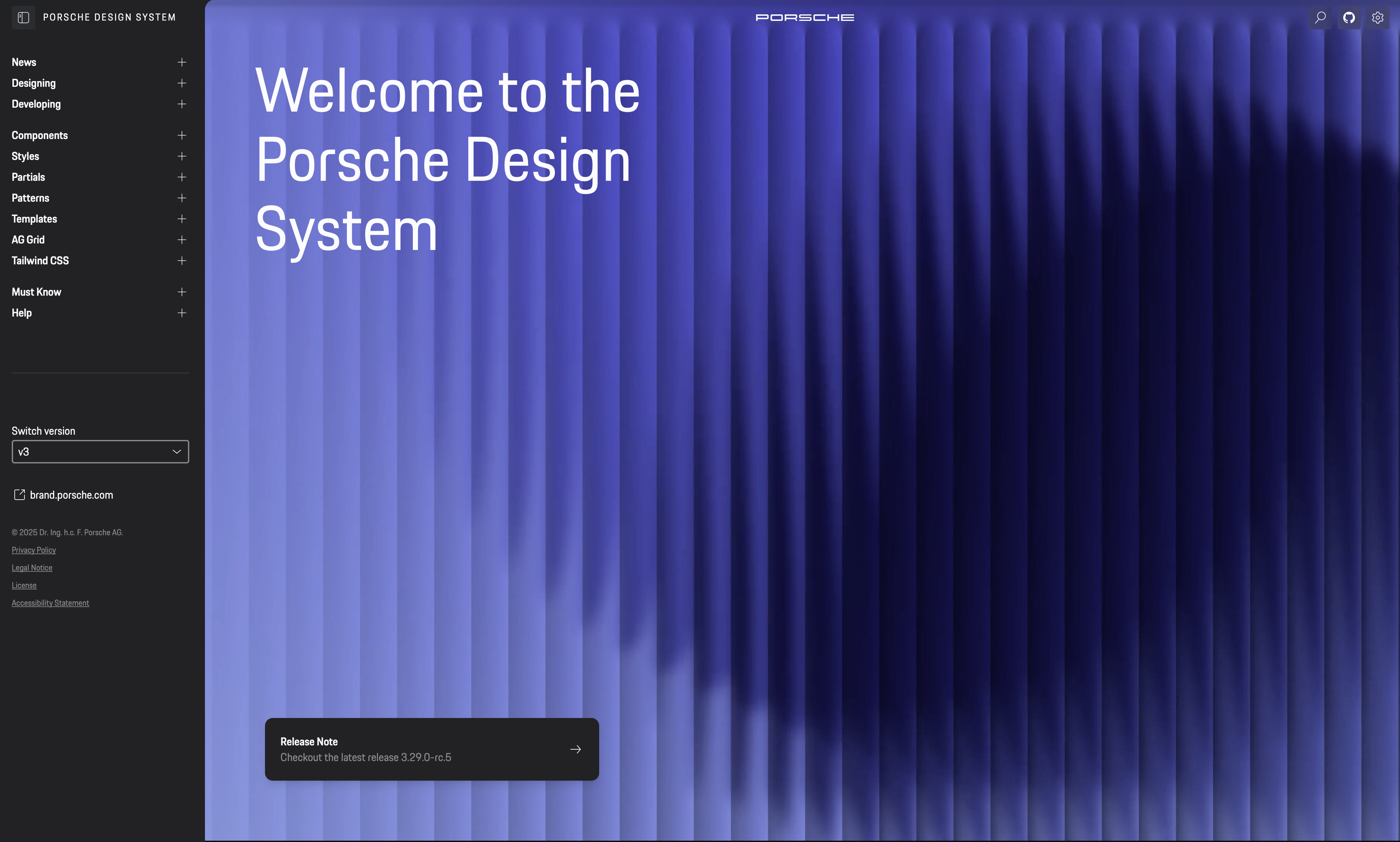
Porsche’s global design system was powerful but built primarily for marketing and retail products.
I collaborated closely with their digital design team to adapt it for IAM — focusing on functional clarity, accessibility, and performance.
This included:
- Creating a PPN sub-brand layer that preserved Porsche’s visual DNA while supporting enterprise contexts.
- Translating design tokens (colours, spacing, typography) into usable front-end variables for Ping.
- Defining reusable components for authentication, forms, and dashboard navigation.

The result was a flexible system that met both brand and technical standards — something that hadn’t existed before in the IAM space.
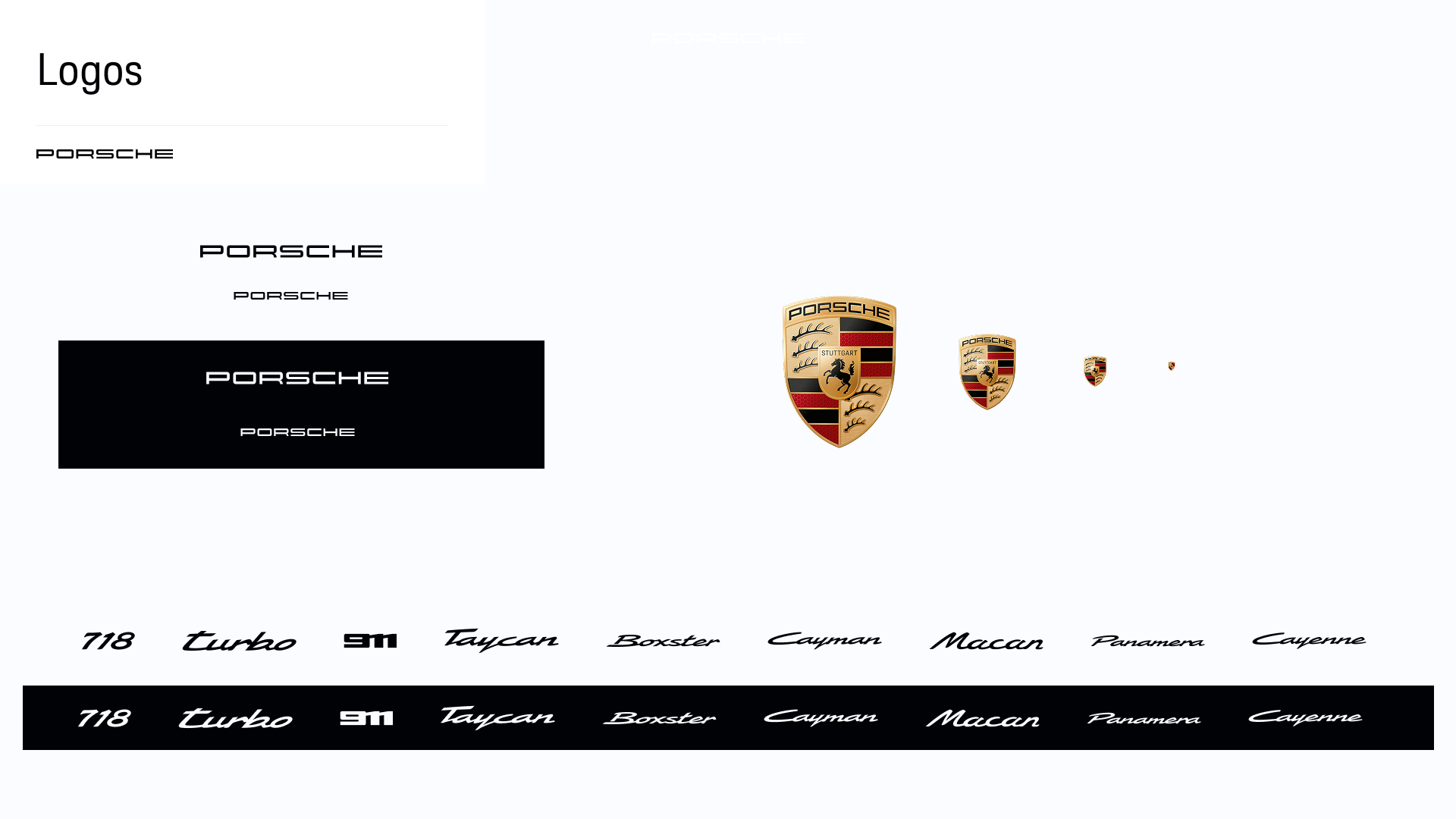
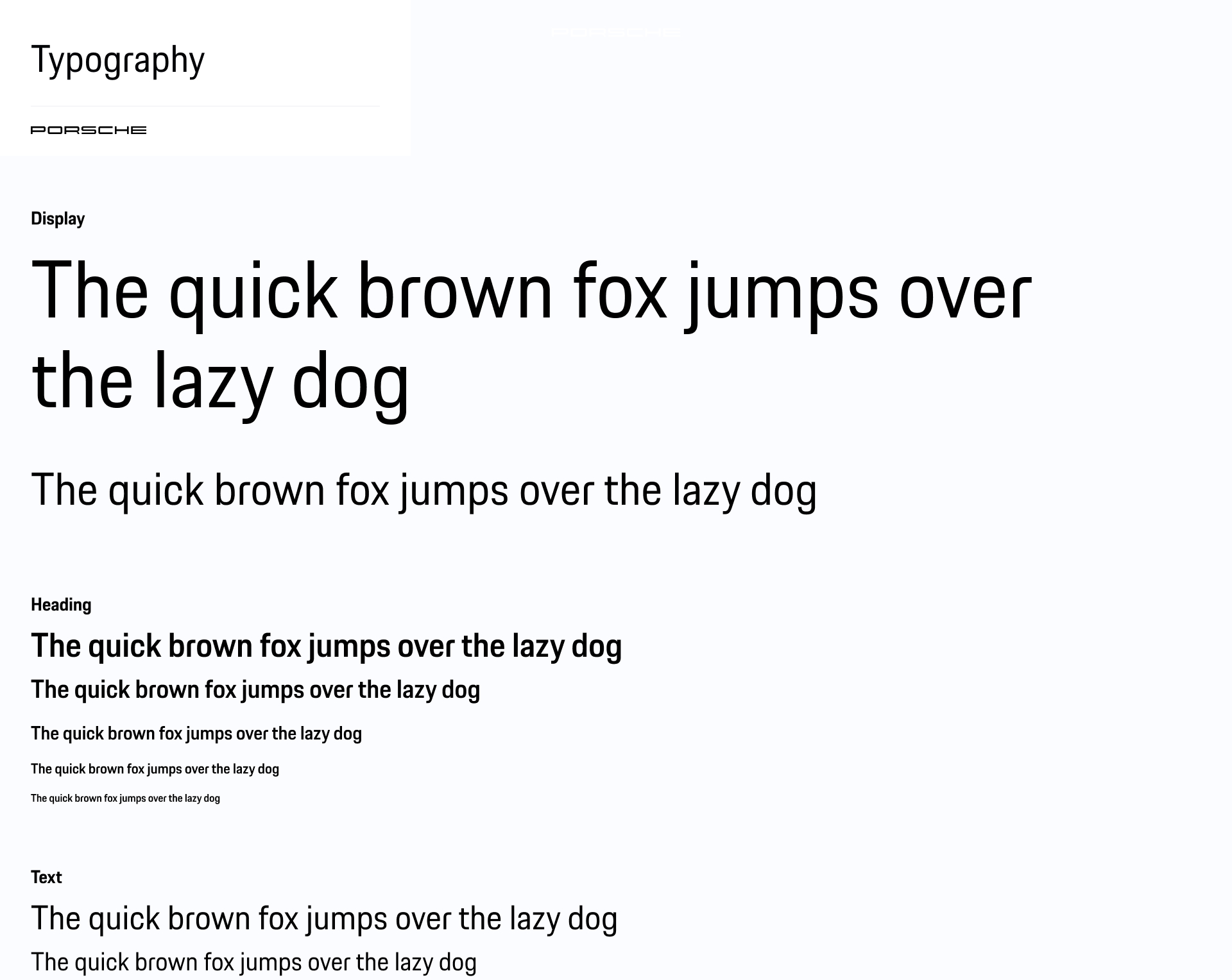
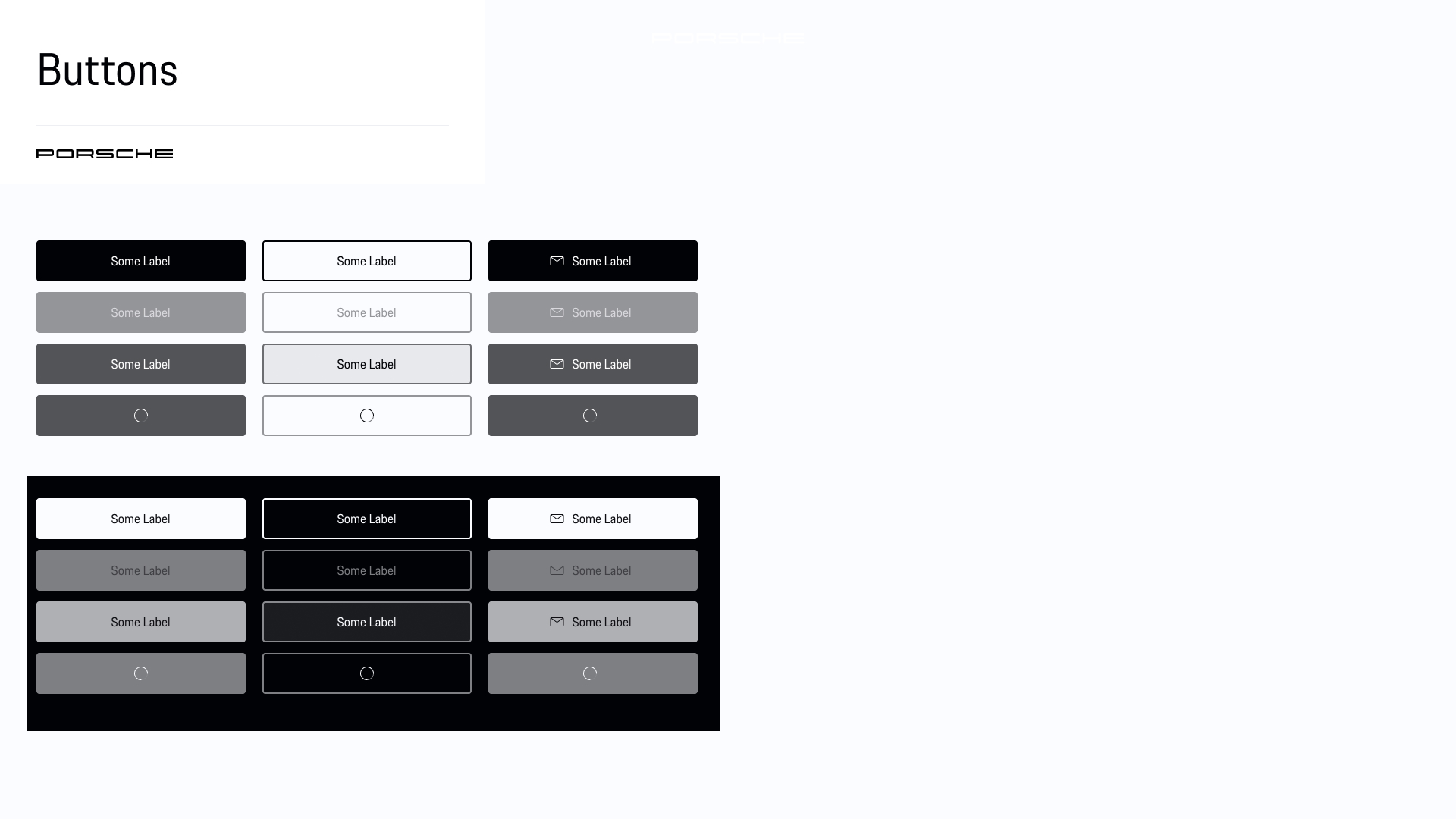
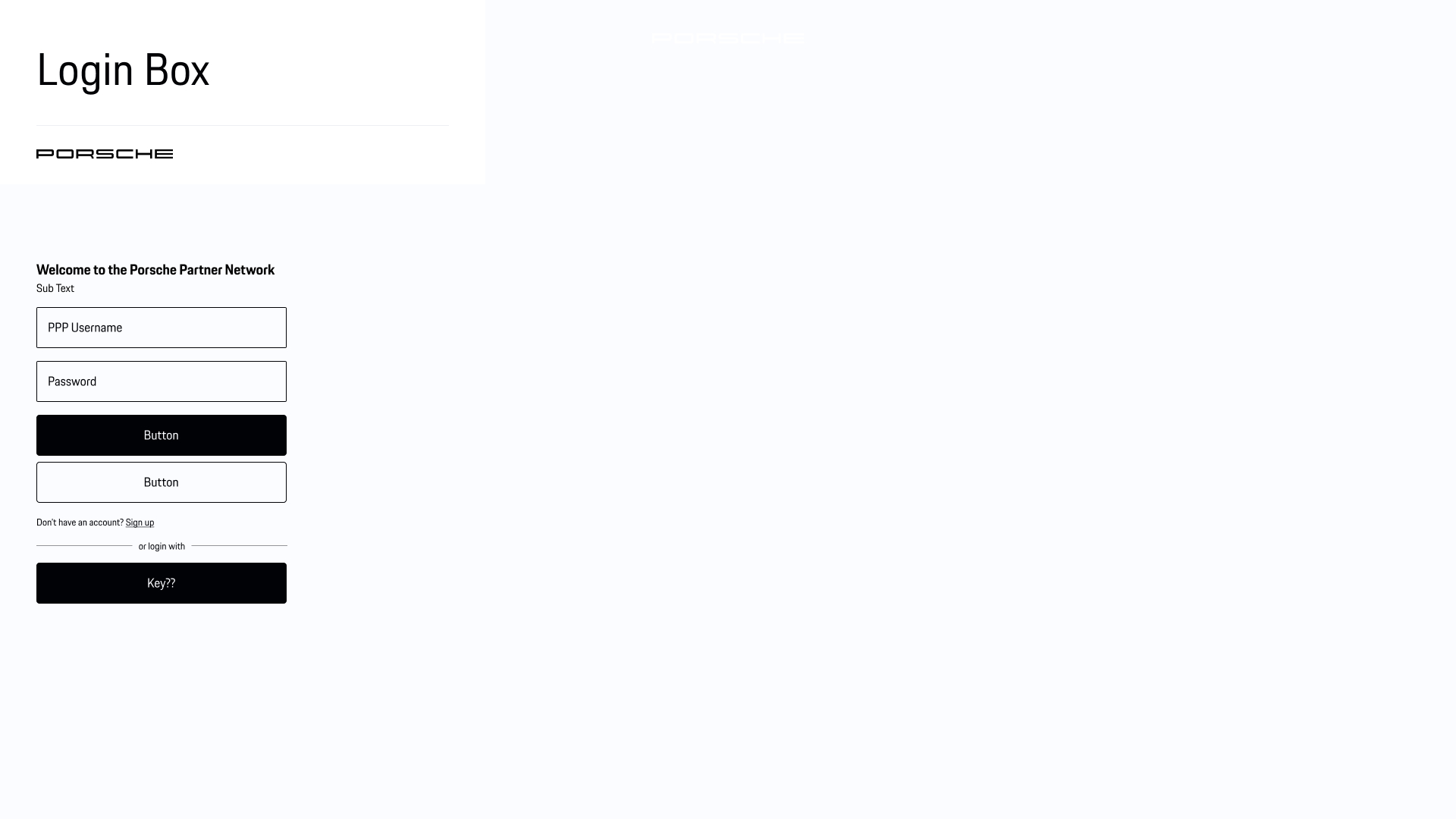
3. Prototyping & Validation
I built interactive Figma prototypes covering:
- Login and MFA (multi-factor authentication) flows.
- Partner onboarding and role selection.
- Dashboard and content navigation.
These prototypes became the single source of truth for business stakeholders and developers.
They replaced static specifications and allowed Porsche’s internal teams to test, refine, and approve designs with confidence.
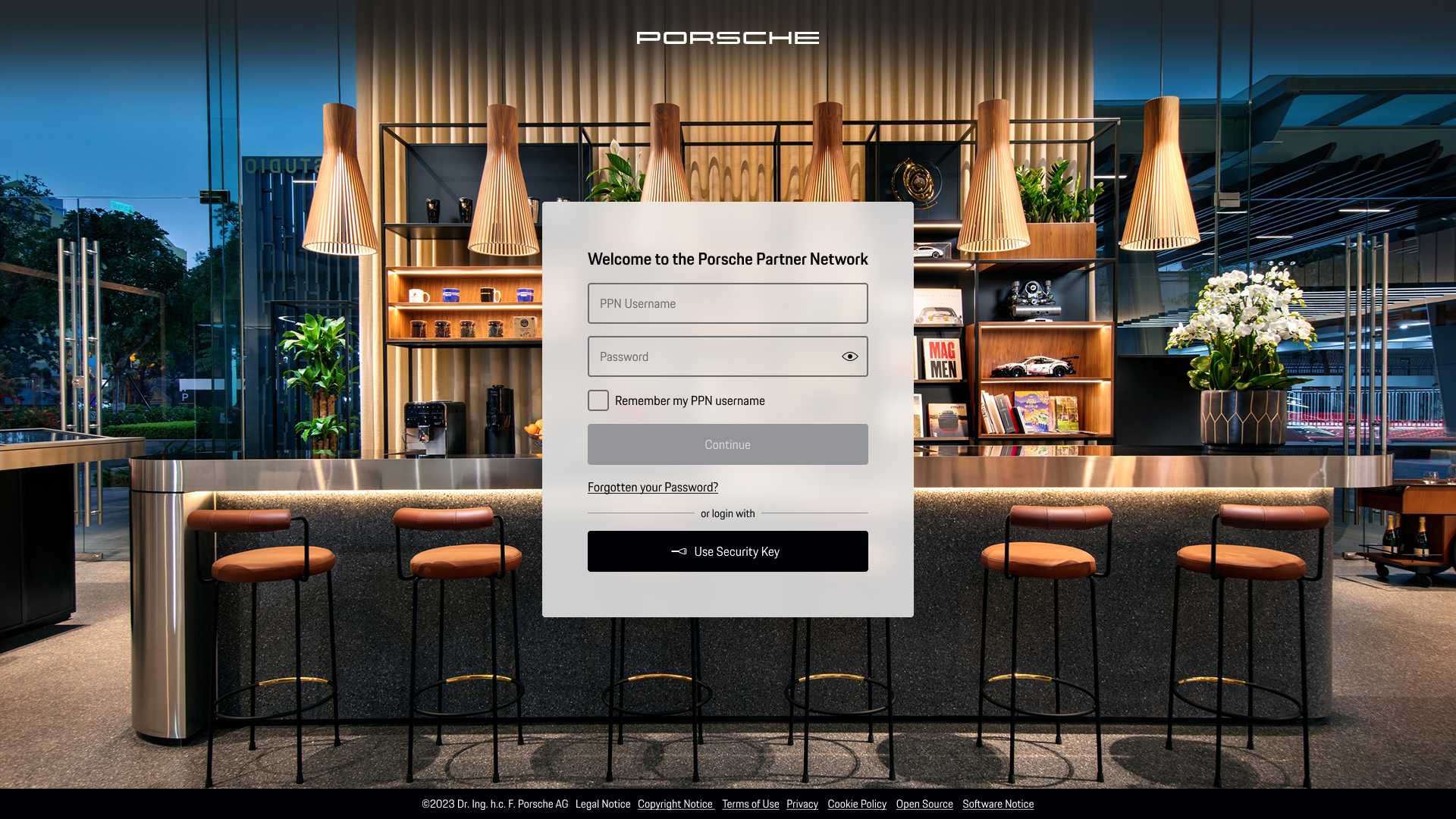
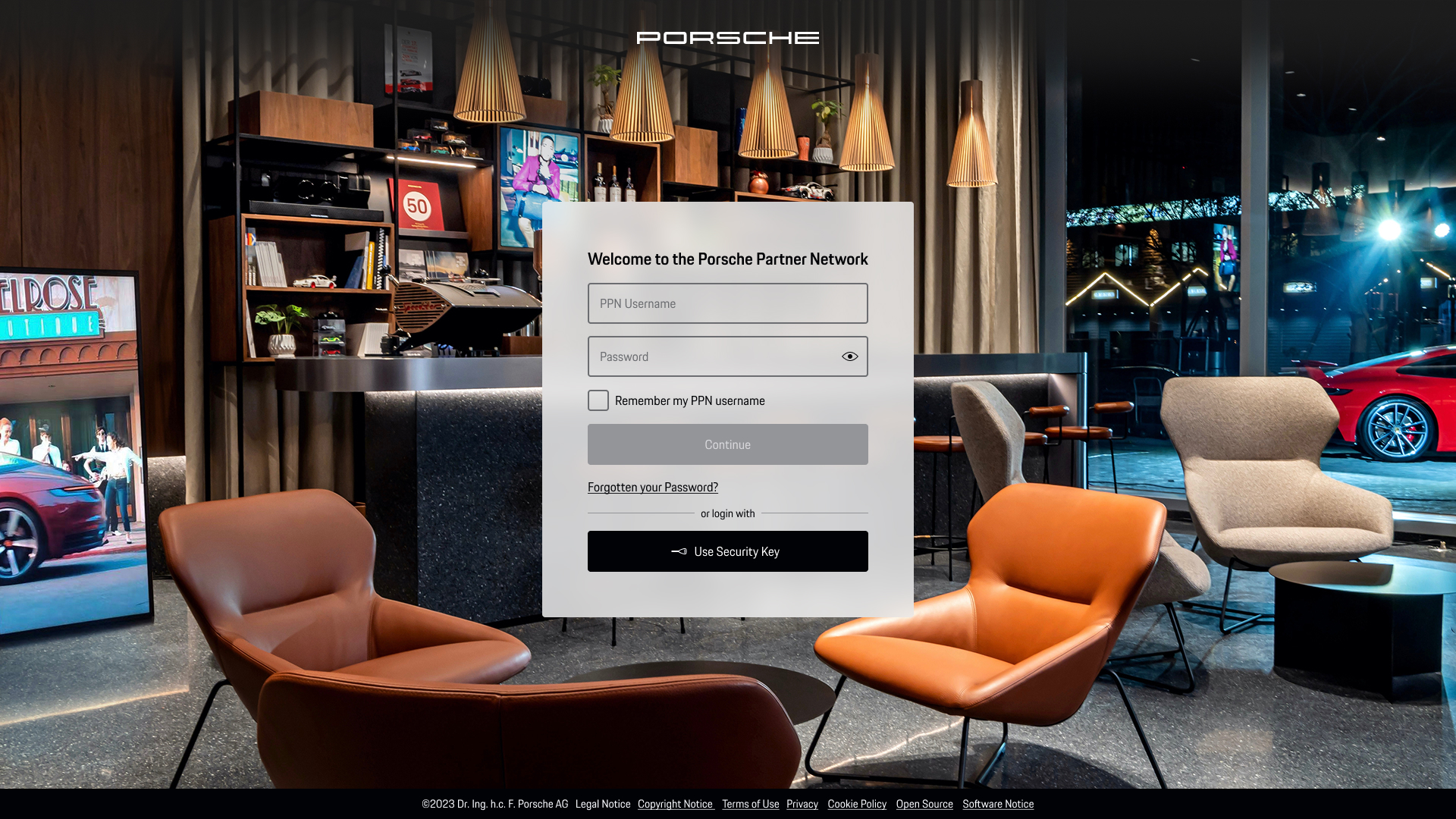
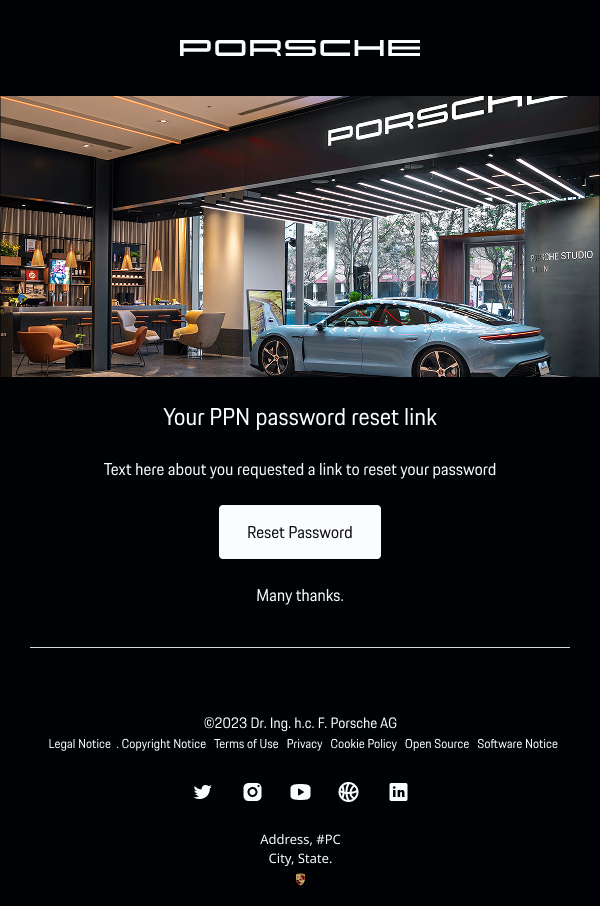
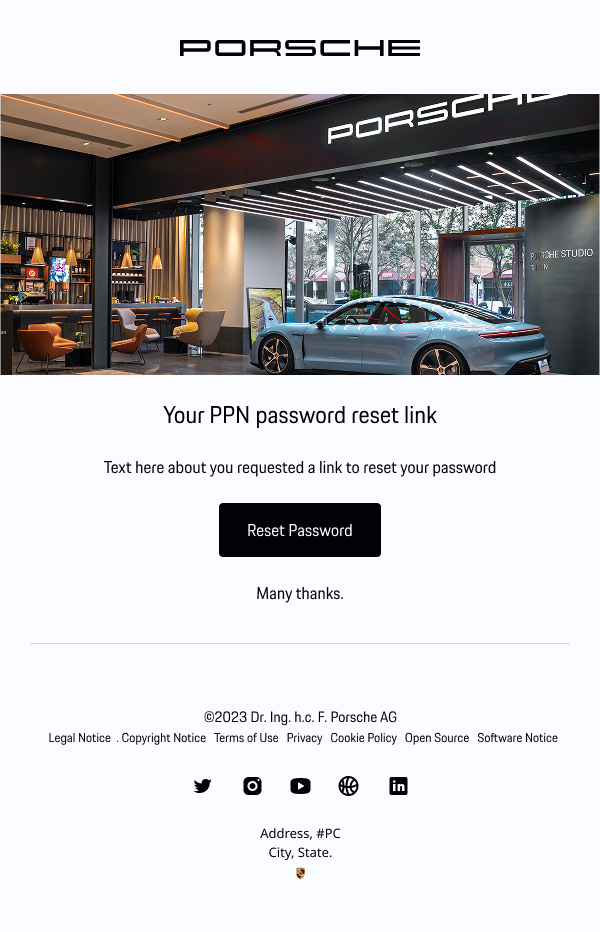
4. Developer Collaboration
I partnered daily with iC Consult’s front-end engineers to translate the new components into production code.
Many had never worked within a design-led delivery model before, so I took an active leadership role in establishing:
- Structured design hand-offs with annotated Figma files.
- Component documentation and naming conventions.
- Regular visual QA and accessibility reviews.
- Iterative feedback loops between design and build.
This hands-on collaboration reduced rework, improved visual accuracy, and accelerated delivery.
5. Stakeholder Engagement
I maintained constant alignment with Porsche’s brand, design, and technical stakeholders through weekly reviews and workshops.
By showing high-fidelity prototypes early, I was able to secure buy-in, demonstrate progress, and position UX as a strategic enabler, not a decorative afterthought.
Results
- 100% alignment with Porsche’s global design system and accessibility standards.
- Reduced front-end maintenance through reusable, system-driven components.
- Improved partner onboarding with simplified navigation and clearer visual hierarchy.
- Faster delivery cycles — new IAM portals can now launch up to 40% quicker using the design-led model.
- Design-development synergy established as best practice for future Porsche projects.
The success of this engagement led to follow-on IAM initiatives with Porsche, using the same process and component library as a foundation.
Reflections
The Porsche Partner Network project proved that good UX isn’t limited by technical constraints — even highly secure IAM systems can embody brand quality and user clarity.
By embedding design leadership within the engineering process, I helped transform a fragmented portal into a cohesive, scalable experience that feels distinctly Porsche.
More importantly, it reshaped how iC Consult and Porsche collaborate — showing that a design-first approach can deliver measurable business value, not just visual polish.
